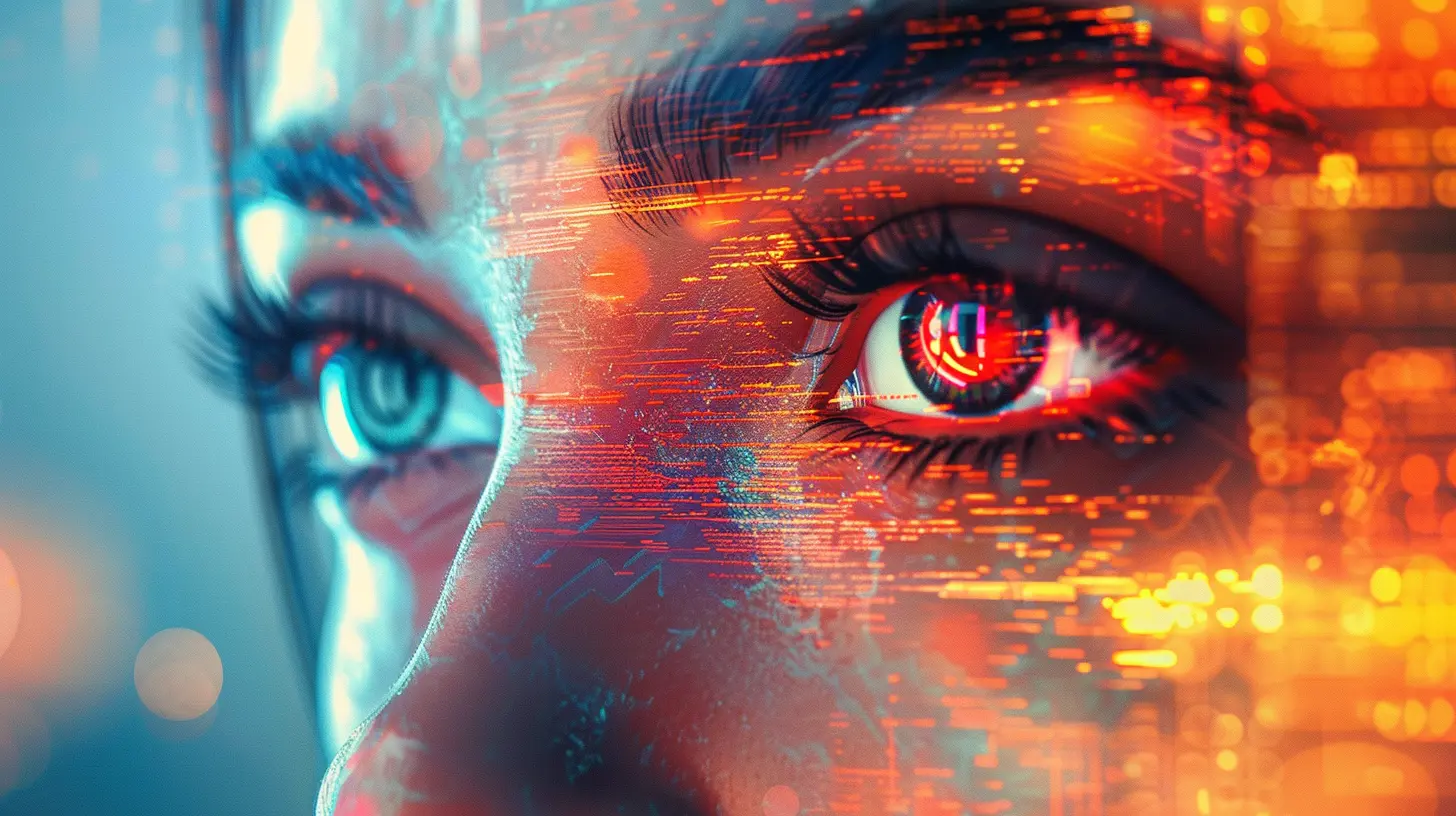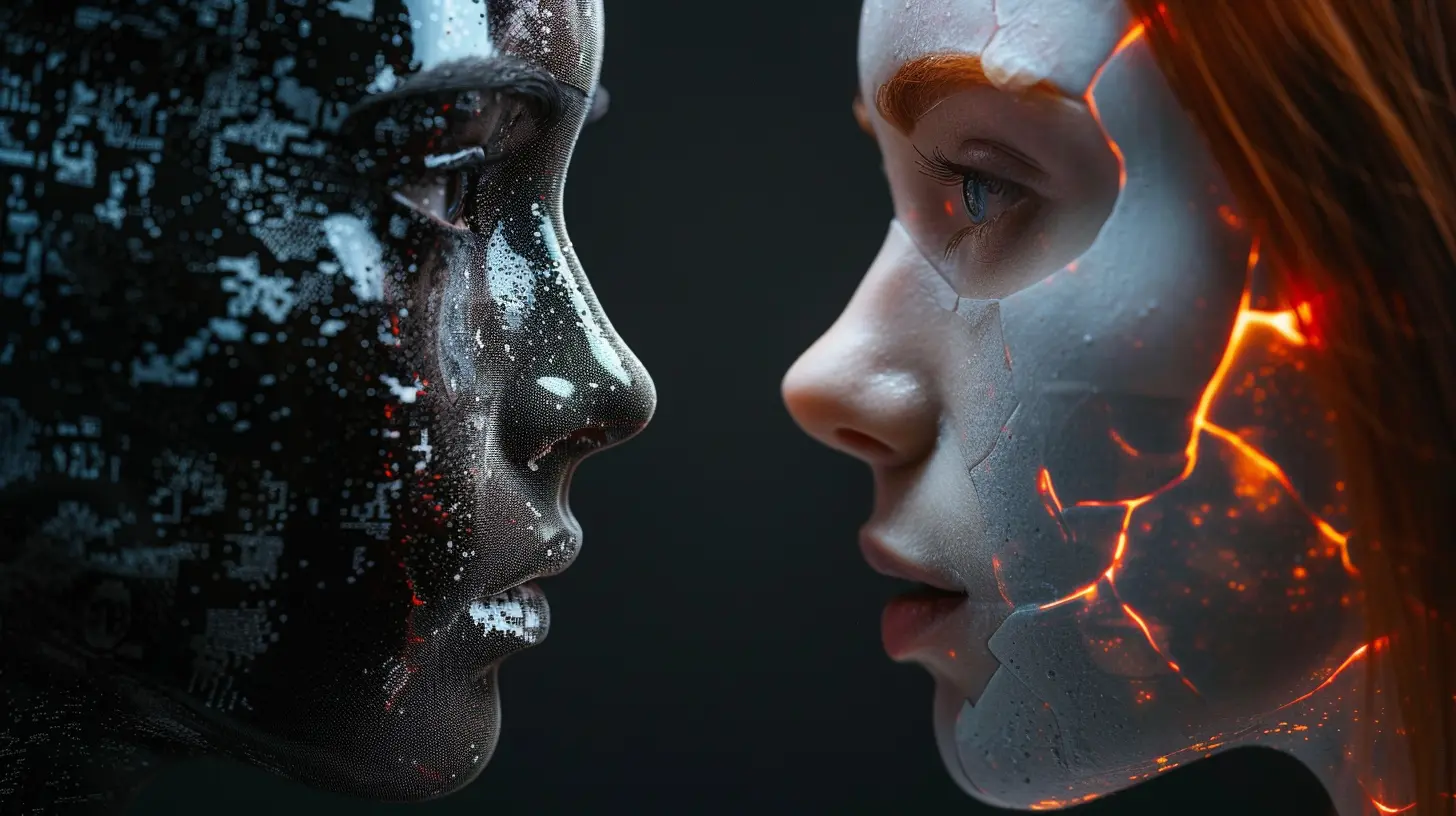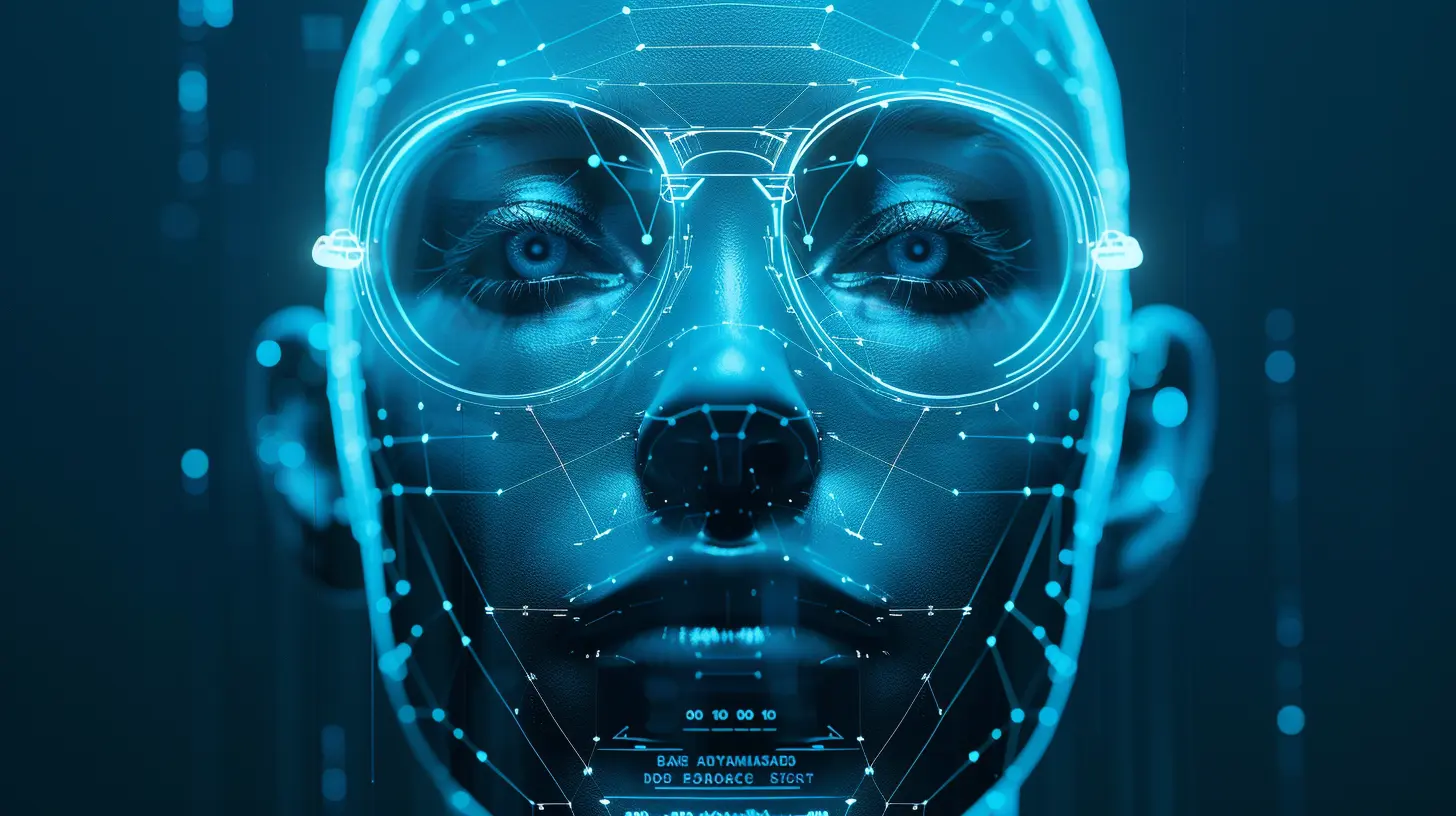Deepfakes and AI: Navigating the Ethical Minefield of Synthetic Media
12 July 2025
Let’s be honest—AI is pretty amazing. It’s helping us automate boring tasks, make smarter decisions, and even create art. But, just like any powerful technology, it’s a double-edged sword. One of the most controversial and buzz-worthy products of AI in recent years? Yep, you guessed it—deepfakes.
These wildly realistic, AI-generated videos and voices that can make anyone appear to say or do anything have become the stuff of headlines… and nightmares. They’re impressive, yes. But they’re also raising some seriously messy ethical questions. So, buckle up—because we’re diving headfirst into the world of deepfakes and synthetic media, and trust me, it’s a wild ride.
What Are Deepfakes, Anyway?
Before we get too deep (pun intended), let’s start with the basics.Deepfakes are a form of synthetic media created using AI, primarily deep learning techniques. They typically manipulate video or audio content to make it appear as though someone is saying or doing something they never actually did.
To put it simply: imagine a video of a politician declaring war… except they never actually said those words. Scary, right?
These videos look incredibly real. And as the tech keeps getting better, telling the real from the fake becomes harder—sometimes even impossible without forensic analysis or digital watermarking.
The Rise of Synthetic Media: Cool or Creepy?
Now, here’s the thing. Deepfakes didn’t start as tools for chaos. The tech behind deepfakes—called GANs (Generative Adversarial Networks)—was meant for cool stuff like improving CGI in movies, creating lifelike avatars in gaming, or even dubbing foreign films seamlessly.But as with most tech, once it’s out in the wild, it’s up for grabs.
You’ve probably seen those viral videos of comedians impersonating celebrities, now enhanced with deepfake technology. Or the face-swapping apps that let you star in your favorite movie scene. Fun? Totally. But there's a darker side that’s been growing in the shadows.
When Deepfakes Go Rogue: The Dark Side of Synthetic Reality
Let’s not sugarcoat it. Deepfakes have already been weaponized in some seriously harmful ways.1. Misinformation and Fake News
In the age of "fake news," deepfakes are like throwing gasoline on a wildfire. Political deepfakes can stir public unrest, manipulate voters, or even spark diplomatic crises. All it takes is one viral fake video, and boom—chaos.2. Non-Consensual Deepfake Porn
This one’s downright horrifying. A majority of harmful deepfake content online is pornographic and targets women. Someone’s face—often a celebrity or even a regular person—is pasted onto explicit content without their consent. The trauma and privacy invasion this causes? Devastating.3. Fraud and Identity Theft
With the rise of deepfake audio and video, scammers have leveled up. Executive impersonation scams or "voice cloning" used to trick employees into wiring money are already happening. And it’s just getting started.
The Ethical Minefield: Just Because We Can, Should We?
Alright, here’s where things get tricky.Technology itself isn’t evil, right? It’s the intent behind it. But deepfakes blur the line between reality and fiction so well that even good intentions can lead to bad outcomes.
So, where do we draw the line?
Consent Is King
Using someone’s likeness without permission—no matter how harmless it seems—crosses a line. Imagine waking up to a video of yourself doing or saying something you never did. Even if it's a meme, it’s not a joke for the person being mimicked.The Trust Crisis
We already live in a world where "seeing is believing" is fading. Deepfakes accelerate this trust erosion. If any video can be faked, how do we trust what we see on security footage, in courtrooms, or from news reports?Creative Freedom vs. Responsibility
Sure, filmmakers and creators might argue that deepfakes open new doors for storytelling. And yes, there are valid cases—like digitally recreating historical figures for documentaries or bringing back late actors in films. But those use cases still require guardrails and consent.Can We Detect Deepfakes and Stay Ahead?
Here’s the good news: AI isn't just the villain here—it’s also our best shot at defense.Researchers are developing deepfake detection tools that analyze inconsistencies in lighting, facial movements, or blinking patterns. Big tech companies like Microsoft and Google are stepping in with watermarking tools and detection software.
But guess what? As detection gets better, so does generation. It’s literally a cat-and-mouse game. And so far? The mouse (deepfake tech) is running pretty fast.
Legal Gray Areas and What’s Being Done
When it comes to laws around deepfakes, we’re kind of in Wild West territory. There’s some progress, but it’s inconsistent and slow-moving.What’s Happening Globally?
- United States: A few states have laws targeting deepfake revenge porn or political misinformation, but there's no sweeping federal law.- Europe: GDPR technically applies when someone’s likeness is used without consent, but enforcement is tricky.
- China: Recently, they rolled out regulations requiring watermarks on synthetic media and real-name authentication for creators.
Not bad starts, but honestly, we need global cooperation to really tackle this problem. Deepfakes don’t care about borders.
Ethical AI Development: Are Tech Companies Doing Enough?
This is one of those uncomfortable questions. Big tech helped create this AI boom, but are they doing enough to keep it in check?Some companies are stepping up, launching tools to identify deepfakes or banning them outright on their platforms. Facebook has policies around manipulated media; TikTok introduced guidelines about AI-generated content.
But let’s get real—moderation at scale is messy. Millions of videos go up daily, and bad actors are smart. The platforms are playing catch-up.
Should these companies be held legally accountable for deepfakes shared on their sites? Maybe. Should they do more to educate users about synthetic media? Absolutely.
Education: The Unsung Hero in the Deepfake Battle
We don’t talk about this enough, but educating the public might be the most powerful tool we have.If everyone knew how deepfakes worked and understood their potential for harm, fewer people would trust them instantly. Educators, parents, journalists—heck, even meme creators—need to get in on this.
Imagine a digital literacy campaign that teaches people to check sources, spot inconsistencies, and think twice before sharing that super "shocking" viral clip.
Is There a “Good” Side to Deepfakes?
Believe it or not, not all deepfakes are created with evil intent. Some genuinely offer useful, even beautiful applications.- Film and Entertainment: Bringing actors back for sequels or dubbing voices with more realism.
- Accessibility: Personalized avatars that speak for people with disabilities.
- Education & Training: Simulated role plays for doctors, pilots, or first responders.
- Gaming and VR: Immersive digital environments with realistic characters.
The key difference? Consent, ethics, and transparency.
The Road Ahead: Can We Co-Exist with Synthetic Media?
AI isn’t going anywhere. Deepfakes aren’t going to just vanish. So, the question isn’t how to get rid of them—it’s how to live with them without losing our grip on reality.We need better tools, smarter laws, and a culture that values truth. But mostly? We need to be aware, alert, and a little skeptical.
Remember how people freaked out over Photoshop back in the day? Now we all kind of know that magazine covers aren’t real. We’ve adjusted. The same might happen with deepfakes—if we’re smart about it.
Final Thoughts: It’s Time to Get Real About What’s Fake
Let’s not lose our heads here. Deepfakes are not the end of truth as we know it. But they are a wake-up call. A mirror showing us both the brilliance and the flaws in our tech lives.You don’t have to be a coder or a policymaker to make a difference. Just share responsibly, think critically, and call out the fakes when you spot them. The future of synthetic media depends on all of us.
Technology might stretch the truth, but we still get to decide what’s real.
all images in this post were generated using AI tools
Category:
Ai EthicsAuthor:

Ugo Coleman
Discussion
rate this article
2 comments
Erica Peterson
Deepfakes are a fascinating yet troubling frontier! Striking a balance between innovation and ethics is crucial. Excited to see how we navigate this digital landscape together!
October 31, 2025 at 5:46 AM

Ugo Coleman
Thank you! Balancing innovation and ethics is indeed vital as we explore the implications of deepfakes in our digital world. Your enthusiasm for this dialogue is appreciated!
Macey McMahan
Ethics must outpace technology's speed.
July 19, 2025 at 3:45 AM

Ugo Coleman
I completely agree. As technology evolves rapidly, we must prioritize ethical frameworks to guide its development and use, ensuring that we protect individuals and society from potential harm.

